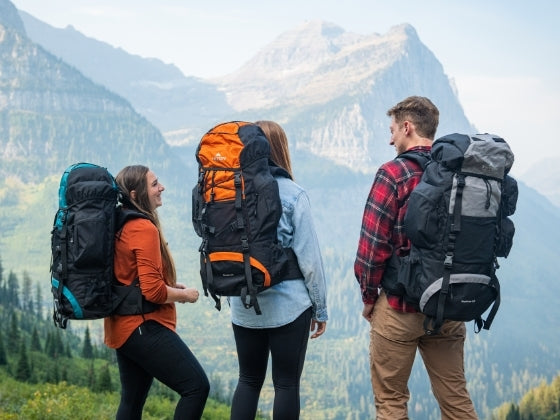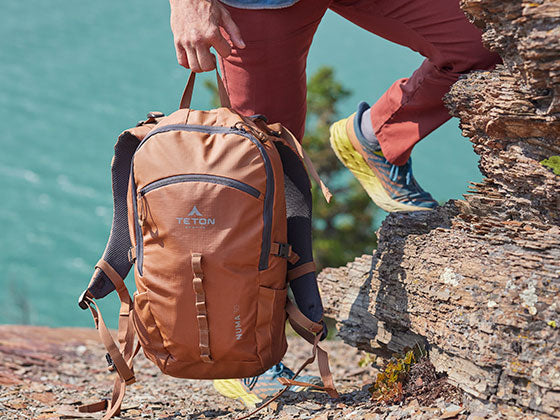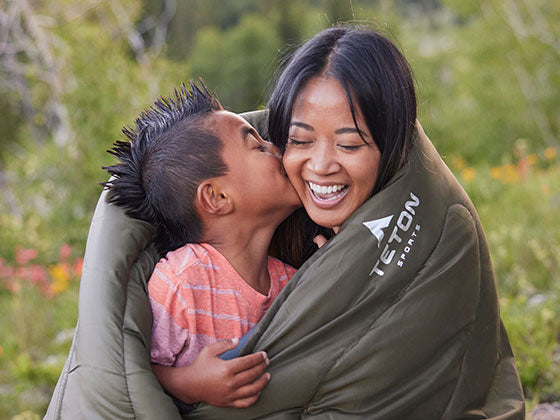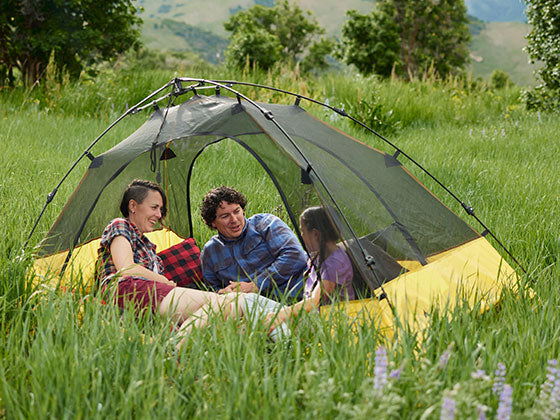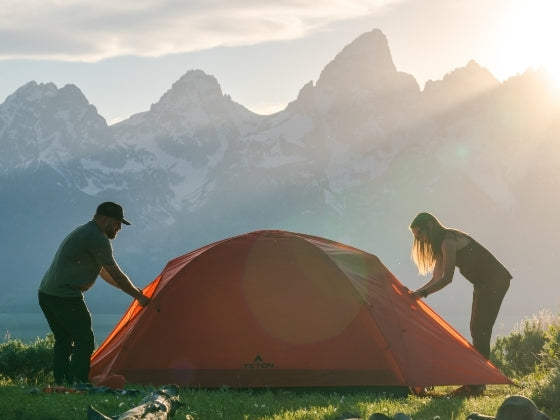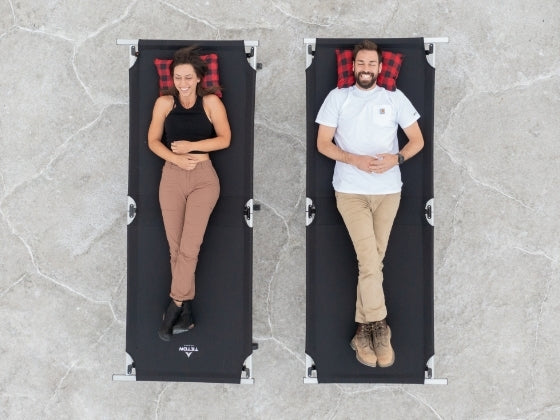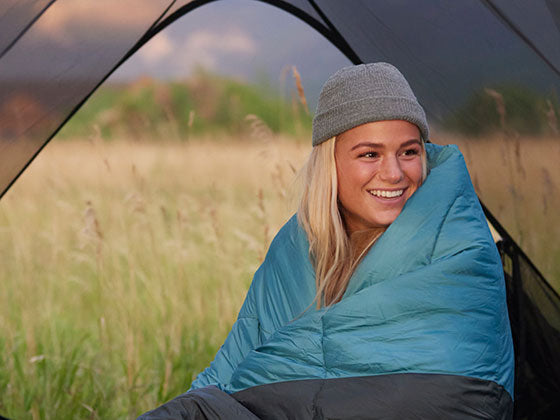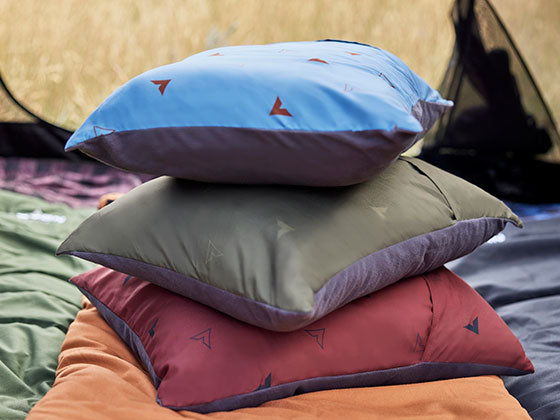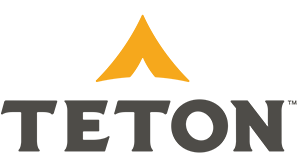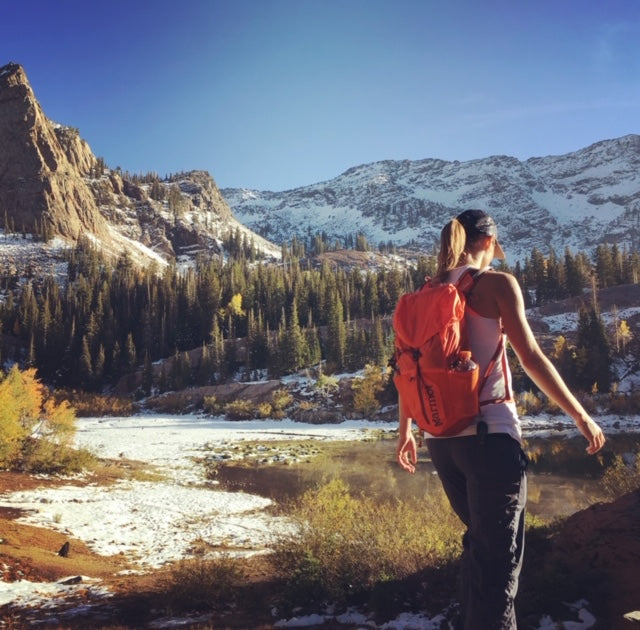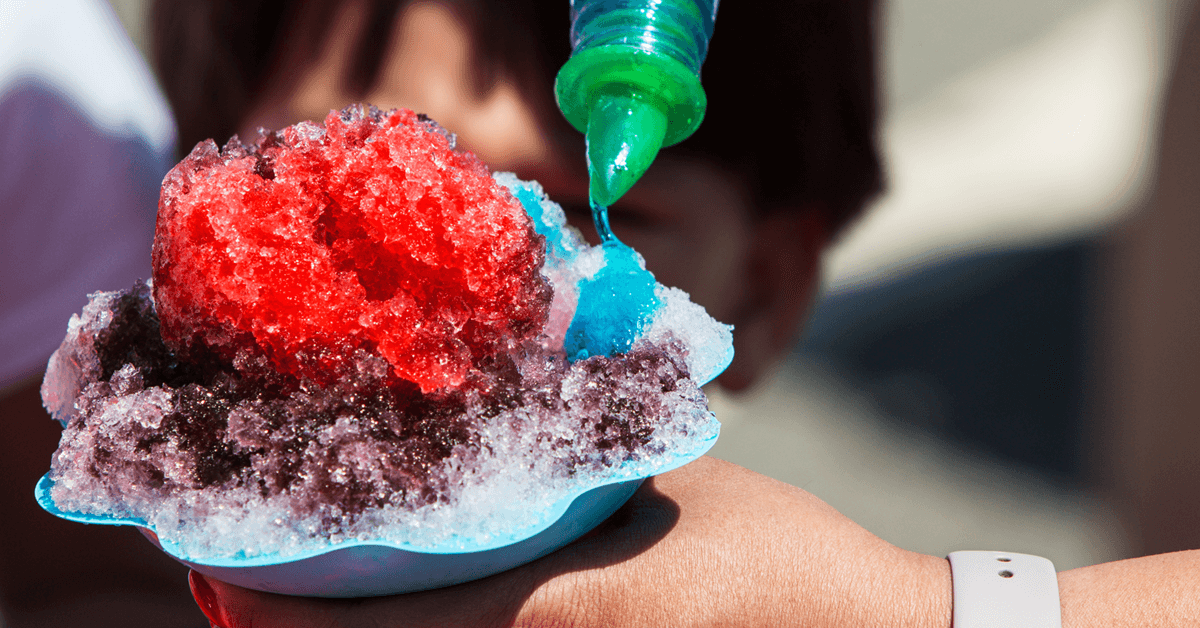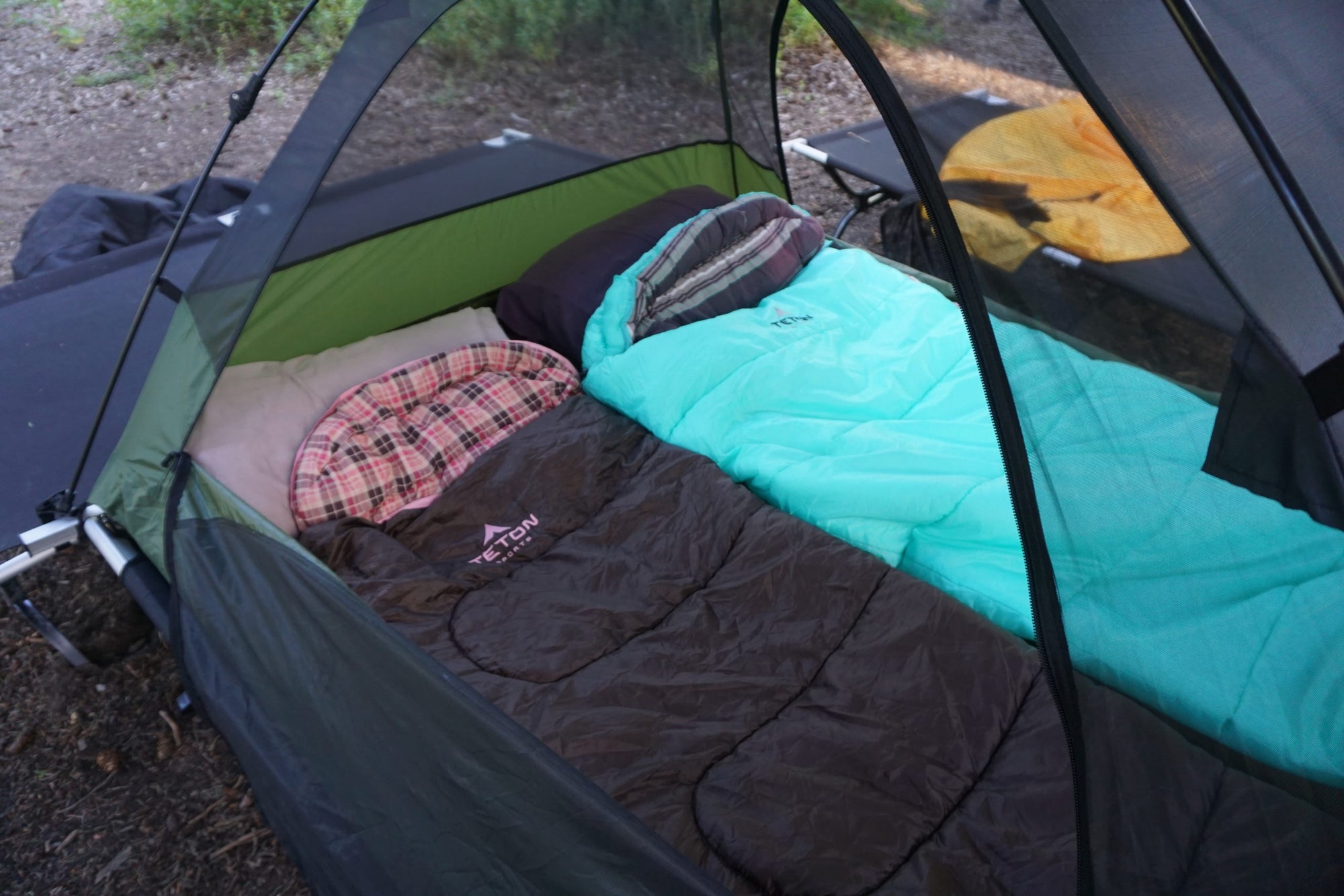By: Josh @rawtrails
With restrictions and closures on so many public places and activities, more and more people are choosing to get outside where it’s easier to social distance. And while it’s fun to plan for an outdoor adventure, it’s not so fun to think about the “what-ifs”. But being prepared for such “what-ifs” will allow you to enjoy your adventure all the more. Every hiker should be prepared for the possibility of any situation- from a minor heel blister to a full-blown emergency. Here’s a list of items I’ve found helpful to have and why:
Preventative Care:
- SUNBLOCK - Nothing can ruin a fun hike more quickly than a sunburn! Who wants to be outside when their face feels like it’s on fire, and your sunburnt shoulders are chafing on your backpack straps? Choose a sunscreen that is sweat-resistant and has a high SPF to keep from having to stop often to reapply.
- CHAPSTICK - Keep those lips hydrated and protected against sun and wind with a tried and true chapstick, preferably with an SPF of 15 or higher.
- BUG SPRAY - Hiking near water where there’s bound to be mosquitos and biting flies? Or in an area known for ticks? Pack a bug spray that has a high concentration of DEET. The higher the percentage, the longer it lasts. Be aware that DEET will come off when you sweat, so be sure to bring enough to reapply as needed.
- MOLESKIN - Moleskin is most effective when applied before a blister appears. Feel for any hotspots while hiking and apply patches as needed directly to the skin to create a barrier. Don’t forget scissors to cut the moleskin, or pre-cut varying size pieces.
Responsive Care (Wound Care):
- HAND SANITIZER - Make sure your hands are as clean as possible prior to cleaning and dressing a wound.
- ALCOHOL SWABS / ANTIBIOTIC OINTMENT - Clean your cuts thoroughly before bandaging with water, alcohol pads, following up with an antibiotic cream, such as Neosporin, to prevent infection.
- BANDAGES - Cover your wounds with a bandage (pack various sizes and types ie. butterfly bandages). Liquid bandage helps to seal the wound and stave off bacteria since dirt and dust can easily get under a fabric bandage.
- GAUZE / NON-STICK PADS / MEDICAL TAPE / WRAP - These items will be helpful in the event of a larger wound. The wrap can also be used to stabilize a rolled ankle.
- SAFETY PINS - to secure bandages
- SEWING NEEDLE & THREAD - in case of wounds that need suturing.
(Treatments):
- PAINKILLERS - Ibuprofen and Aspirin
- ANTIHISTAMINE - for allergic reactions
- ANTACID and/or ANTI-DIARRHEAL PILLS
- PRESCRIPTIONS - Bring along any prescriptions you may need, such as an inhaler.
- SPACE BLANKET / HAND and FOOT WARMERS - to treat hypothermia
Other items to consider (not pictured) -
- INSECT STING TREATMENT
- POISON OAK / POISON IVY TREATMENT - Research your area to determine if this is needed.
- HYDRATION TABLETS - for quick electrolyte replacement in case of dehydration
- LATEX GLOVES
Tools:
- MULTI-TOOL - including scissors & tweezers
- WATER FILTRATION or PURIFYING TABLETS
While packing your first-aid kit, take into consideration factors such trail length and duration, what the temperatures will be, how many are in your party, and what specific risks you may be encountering. To save on weight, you can re-package items in smaller quantities so you’re not carrying more than necessary, making sure to label any medications. Organize your items in a waterproof bag and you’re good to go!
Happy Hiking!
About the Author:
Josh @rawtrails
Josh (@rawtrails) is an avid outdoorsman that lives for the weekend. His youthful spirit is ignited by exploring new terrain wherever he goes. Most weekends are filled with canyoneering expeditions throughout the Colorado Plateau, but he loves the logistics of piecing together trips involving multiple activities (backpacking, pack rafting, etc) to access remote locations deep in the backcountry.

